



The Union government told the Supreme Court that voting is a statutory right under the RPA, 1951, while freedom of voting is a fundamental expression under Article 19(1)(a). This expressive freedom, including NOTA, applies only when a poll occurs, making it irrelevant in uncontested elections.
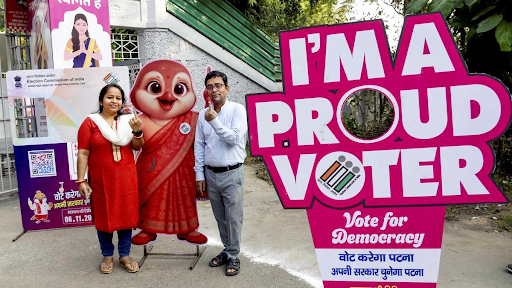
Copyright infringement not intended
Picture Courtesy: THE HINDU
The Union Government clarified its position to the Supreme Court on uncontested elections, addressing the "Right to Vote" versus "Freedom of Voting".
|
Read all about: Legal Status of Right to Vote in India l Threat to India's Voting Rights l SC Reviews Unopposed Poll Wins |
A petition challenges Section 53(2) of the Representation of the People Act (RPA), 1951, which states that if candidate numbers equal seat numbers (only 1 candidate), the Returning Officer declares them elected without a poll.
Petitioner's Argument
Not conducting a poll violates voters' "Freedom of Voting," an expression right under Article 19(1)(a) of the Constitution; preventing them from using the NOTA option to express dissatisfaction.
Government's Stance
The "Right to Vote" is a statutory right exercised only during a poll. In uncontested elections, no poll occurs, thus the "Freedom of Voting" (including NOTA) cannot be exercised.
Election Commission of India (ECI) View
Amending the RPA, 1951 would be necessary to treat NOTA as a fictional candidate to force an election. Uncontested elections are rare in modern Indian democracy.
Constitutional Framework
Statutory Regulations
N.P. Ponnuswami vs Returning Officer (1952)
The Supreme Court held that the right to vote is a statutory right, and is subject to limitations imposed by the statute.
Jyoti Basu vs Debi Ghosal (1982)
Right to elect is "neither a fundamental right nor a common law right," but a right that "springs from statute."
PUCL vs Union of India (2013)
The Court held that the act of voting is an expression under Article 19(1)(a), directed the ECI to introduce the NOTA option, upholding a voter's right to reject all candidates.
Raj Bala vs State of Haryana (2015)
The Court observed that the right to vote is a constitutional right, but its statutory nature allows for reasonable restrictions to be placed on it by law.
|
Right to Vote |
Freedom of Voting |
|
|
Nature of Right |
It is a Statutory Right, granted and regulated by the Representation of the People Act, 1951. It is not a Fundamental Right. |
It is an aspect of the Fundamental Right to Freedom of Speech and Expression under Article 19(1)(a). |
|
When is it Exercised? |
This right allows an eligible citizen to be registered as a voter and to cast a vote when an election (poll) is conducted. |
This freedom is exercised during the act of voting. It includes the choice of a candidate, the decision to not vote for anyone (NOTA), and secrecy of the ballot. |
|
Constitutional/Legal Basis |
Based on Article 326 (Universal Adult Suffrage) but operationalized via the RPA, 1950 and RPA, 1951. |
Interpreted by the Supreme Court as a form of expression, as established in the PUCL vs Union of India (2013) case which introduced NOTA. |
|
Limitations |
Can be restricted by law on grounds of non-residence, unsoundness of mind, crime, or corrupt practices (as per the RPA, 1951). |
It is contingent on the 'Right to Vote' being exercised. If no poll takes place, this freedom cannot be invoked. |
The Right to vote is a statutory right (Article 326), though the Supreme Court, in cases like NOTA, links it to fundamental rights. A pending legal challenge on uncontested elections will further define this relationship.
Source: THE HINDU
|
PRACTICE QUESTION Q. Distinguish between the 'right to vote' and the 'freedom of voting' in the context of Indian democracy. 150 words |
The "right to vote" is the legal entitlement of an eligible citizen to cast a ballot in an election. In India, this is a statutory right, derived primarily from the Representation of the People Act, 1951, and is subject to the conditions and limitations specified in that law.
The Supreme Court has consistently held that the right to vote is not a fundamental right guaranteed by the Constitution. It is a political or statutory right, meaning it can be regulated or amended by Parliament through legislation.
"Freedom of voting" refers to the right of a voter to exercise their choice in an election without coercion, interference, or suppression. This freedom is considered a facet of the fundamental right to freedom of speech and expression under Article 19(1)(a) of the Indian Constitution.

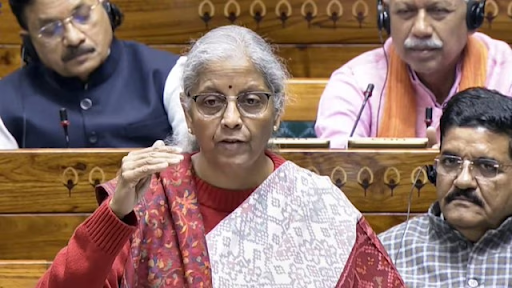
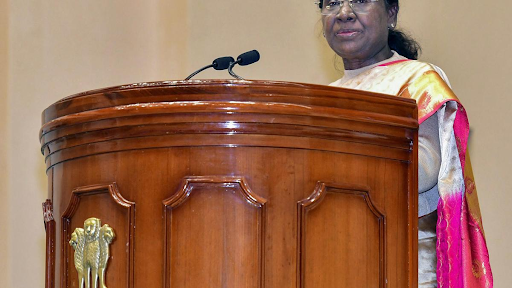
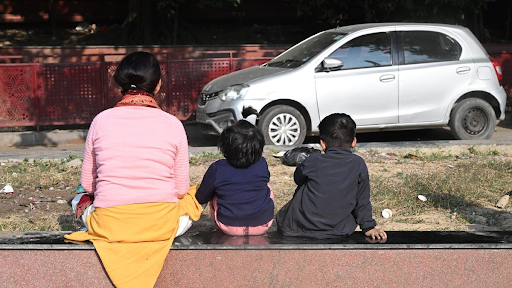

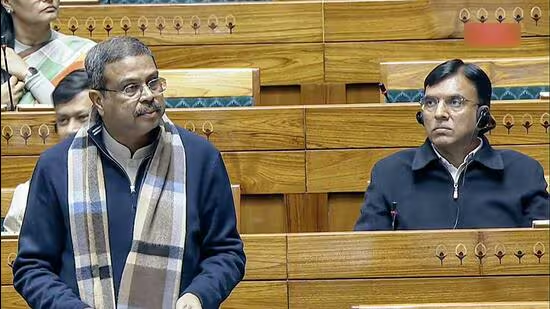

© 2025 iasgyan. All right reserved